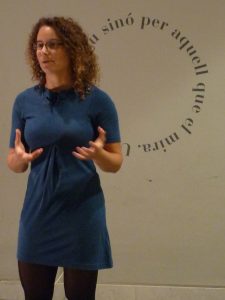
Image courtesy of Museu Picasso de Barcelona. Foto: Conxa Rodà.
About the session “The social function of museums” by Nina Simon at the Picasso Museum.
Nina Simon is an expert in the design of spaces and visitors participatory processes at museums. Since she published her book online, The Participatory Museum, Simon has multiplied her work and travelled around the world explaining how to turn culture into an interesting experience for people.
One of her last training stops was in Barcelona on 17 November. The Picasso Museum invited her to give a conference and workshop aimed at professionals in the cultural sector. The objective was to enrich and address the social function of museums through the strategies and the dynamics of participation with the public.
“To become participatory, the museums should be places to be used as everyday spaces that inspire the public the necessary confidence to create and share. ”
Nina Simon’s recipe is clear and simple but it becomes a challenge for change in traditional institutions, where the museum-public interaction is almost nonexistent. How can we make cultural institutions spaces more open to visitors? The question seemed to concern the audience, given the large attendance and the numerous questions that arose at the end of her presentation. Are workers at institutions prepared for this change? How can we convince managers that participation does not mean a loss of authority? What must be done with the content generated by the public in a project?
Nina Simon answered all the questions focusing on a basic premise: We must always take into account that visitors are inside the museum and plan how we relate to them. Simon made a demonstration through multiple examples of how to construct new models of relationships with the publicthrough small and effective ideas. It must be noted that most cases Simon exposed were of museums in the United States, where, as the consultant claimed in a conversation, the public is more accustomed to participating more directly in the museum projects.
The feeling we have some professionals that work on projects with participatory processes is that the relationship with the public becomescomplicated either because the authority of the museum always comes first, despite feedback from the public or because it is very difficult to know what public we’re refering to. Hence, the studies on audience that are constantly demanded. The 2.0 tools have made visible the relationship between people but it would be a mistake to believe that it is only a mean of communication.
How to combine the phisical space with virtual space was another of the questions raised by the public.
We would have liked some more analysis on the co-creation with public linked to specific cultural projects – a process that CCCB Lab is working on with the exhibition Pantalla Global -. However, Simon’s speech did give us ideas, optimism and the freshness needed for new projects. And to feel that, as a cartoon character said inCatalan television, “small changes are powerful.”
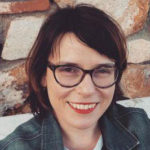

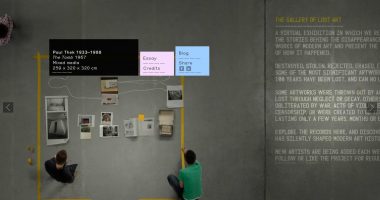

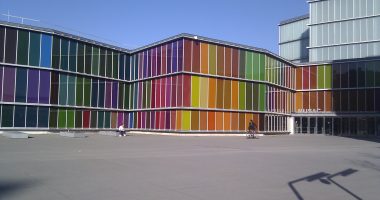
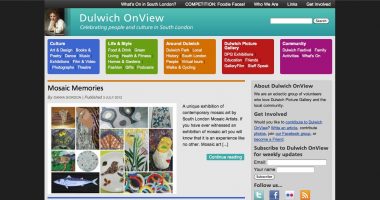
Conxa Rodà | 26 November 2010
Excel·lent crònica, Lucía, gràcies!!
Tens raó al darrer punt, ens va faltar temps!!! Apuntat x propera ocasió;)
Al blog del Picasso hem publicat un rapport del taller
http://www.blogmuseupicassobcn.org/2010/11/una-fructifera-sessio-de-treball-amb-nina-simon-al-picasso
i hi ha penjat el vídeo de la conferència també
Va ser un plaer tenir uns participants tan actius!!
Conxa
@innova2
admin | 03 December 2010
El plaer va ser nostre!
Leave a comment